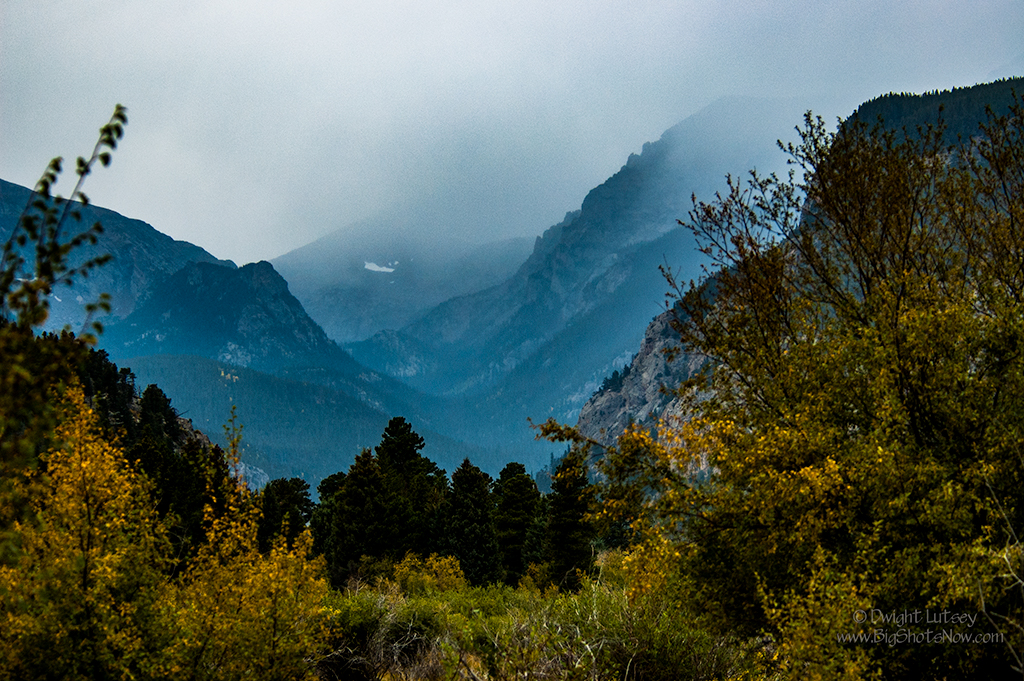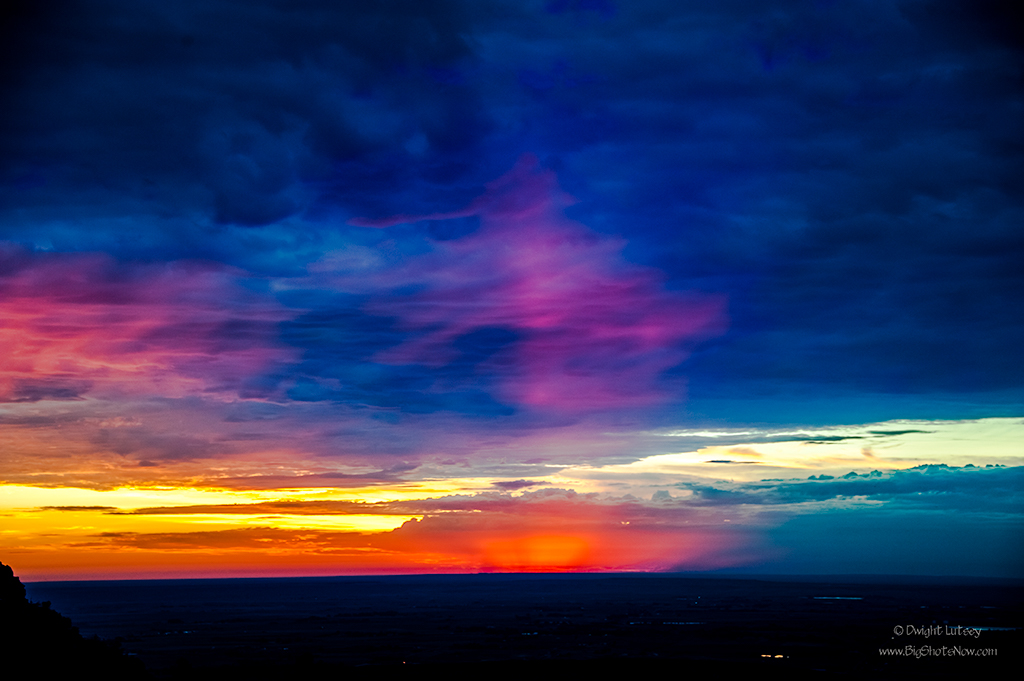Today is kind of a rainy, snowy, a little hail-y, wet sort of day here at The Institute. There’s a reason for that. Mostly because it’s still sort of wintry, or on the tail end of it anyways, and the second is because we need to use up our stored away storms or lose them. That’s right The Institute has a program where we store up moisture-laden storms for future use.
Many of you long-time readers know that The Institute is renowned for its weather modification program. Virtually since the beginning days of The Institute in the far distant past, we have been active in controlling weather. At the beginning it was a modest program. If it was raining we’d just go back into the house so we wouldn’t get wet, or we’d squat down behind the half-track when the wind was blowing so we didn’t wind up in Kansas somewhere. Gentle but successful modifications. Some say it was more of a reaction to the weather rather than a bona fide modification but you have to start somewhere. As time passed our programs got more sophisticated. We built machinery that could modify the weather around The Institute’s campus, then farther and farther away as we could afford more D-cells to power the energy hungry weather modification machine. We’d make it rain in the summer when the asparagus was wilting, or have a little snow storm in June just to make the tourists freak out. Now we can make California go crazy if we want with rain storms, Tsunamis etc., and we’re right on the edge of being able to scare the hell out of Hawaii.
Naturally we use this power for good.
We have developed a program over the last few years on the storing of moisture for future use. We went through a period of drought here at The Institute. Years of nothing but hot sunny days and no rain. There were a lot of problems. The trees would sweat, Chickens quit laying, we had to shift our entire inventory of 10w-30 motor oil to 10w-90 so the oil in our vehicles wouldn’t wimp out and seize up from overheating, our interns were forced to wear skimpy clothing when they wore any at all. Social upheaval ran rampant. Times were desperate. Something had to be done.
We began a program with a Federal government, ours, and various water boards and other institutions around the state where we would capture and store individual storms before they had a chance to run out over the countryside and discharge all their moisture in the form of rain or snow, or in some cases dangerous clumps of ice that could cause injury and property damage if they fell onto anything unsuspecting. After lots of trial and error our meteorologists and mechanical engineers here at The Institute discovered a practical way to store these storms so they could be brought out later and used when needed. They developed a proprietary algorithm that can compress any storm to 45% of its original volume while maintaining all of its energy. This was a pretty cool feat to accomplish on the wages we pay.
Due to a delay with the patent office over whether it is morally or ethically proper to take over this much control of a natural phenomenon for our own personal gain, that being the weather, (we of course maintain the position that “Hey! We thought of it. You guys didn’t so we should be able to make a buck here.”) and since they haven’t given us a decision yet, we can’t tell you how our storage process works. Sorry. We have to keep it secret. What if somebody bad stole it for their own nefarious uses, like North Korea, or some company Trump owns. Then where would we be?
One of the small little issues to be worked out with our program is the cost of maintaining the storage situation for all these storms. The storage units we use (the U-Lock It, You Better Pay On Time Storage Center) wants us to pay a month in advance, every month whether we have storms stored there or not, and renting an entire section of storage units is very costly, and because sometimes the autopay from The Institute’s checking account doesn’t clear in time, they’ve threatened to lock us out and just dump the storms out on the sidewalk so to speak. Well that would be, like, catastrophic. So we can only store so many storms before we have to release some back into the weather whether we want to or not. They have an expiration date.
So due to a critical underfunding problem we can only rent so many storage units and purchase all of the batteries for all the storm compactors we need, and then we run out of space and we have to release our storms approximately a year after we put them in storage. You can only jam so many storms in one of the those lockers before things get tight. Note: We inadvertently let a portion of our secret proprietary storage method leak out here. Please disregard it and do not tell your friends and/or neighbors what you read here today. Thank you, The Director. P.S. It could screw us up big time in our patent application if somebody figured out our system and beat us to the punch. Thanks. T.D.
That’s what’s happening today. The small storm you see in the image above was captured up in Rocky Mountain National Park in the early fall of 2014 and had already gone past it’s “use by” date so it had to be dumped today. We get a lot of flack from the uninformed public over our dump days. Complaints like “Yesterday was in the low 60’s you yahoos, and today you dump a storm with rain, hail and 40° temps? What the hell were you thinking?, and it’s Monday too.” They don’t understand it is “use it or lose it”. Hopefully if we get bigger and more important we will be large enough to just ignore the ignorant and do whatever we want, kind of like the government does. That’ll be a Day to remember. Anyway that’s why we got a wet and cold one today folks, just remember “We need the moisture”.








You must be logged in to post a comment.